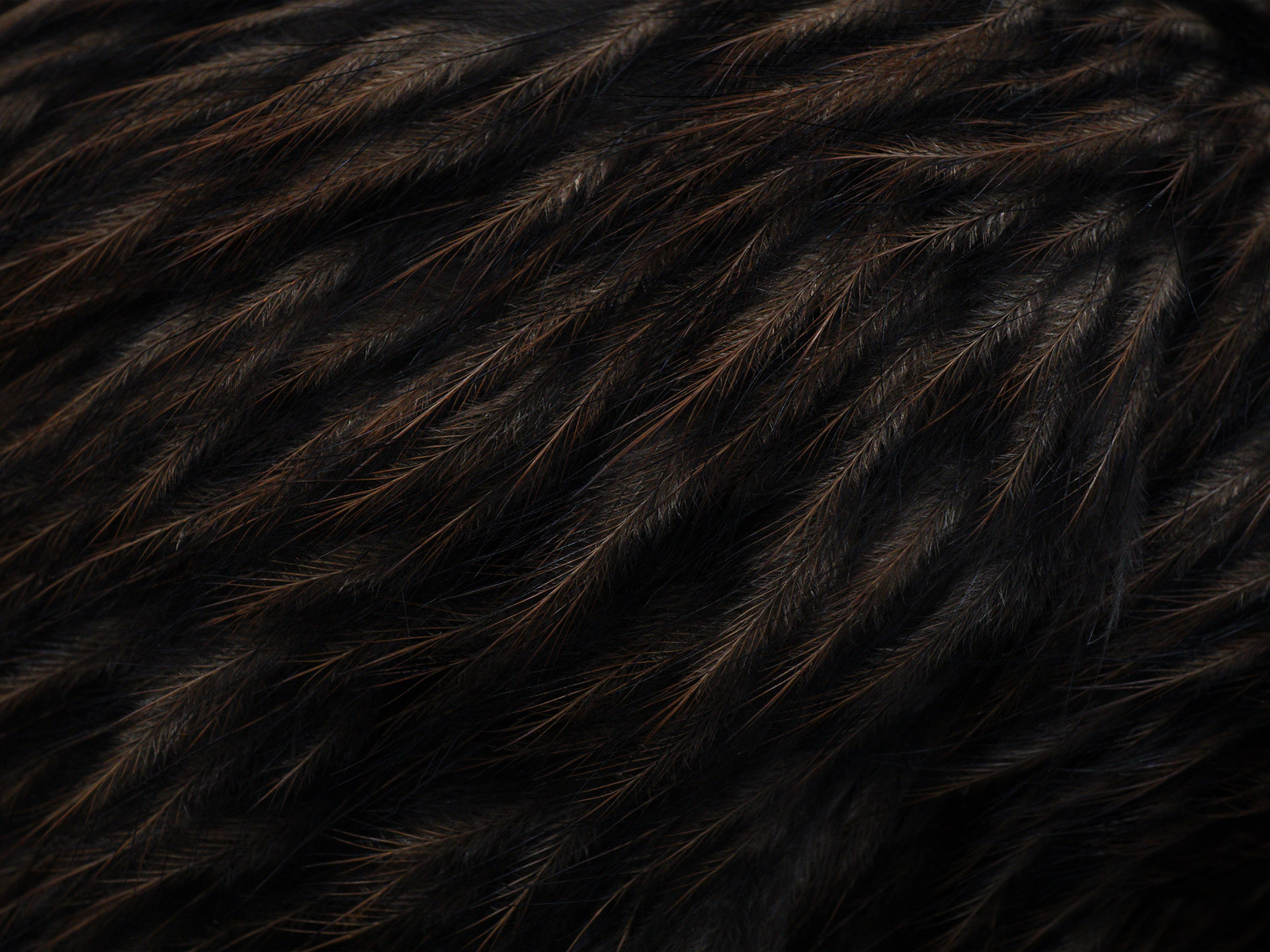Palmerston North’s Victoria Esplanade aviaries have some exciting new residents, thanks to a breeding pair of pāteke (brown teal ducks). The three newly hatched dabbling ducklings are extra special as they are part of the Department of Conservation’s national captive breeding program for the endangered species and are an example of Wildbase Recovery’s permanent breeding avairy plans.
Once widespread throughout New Zealand the native pāteke now have an estimated 2000-2500 in the wild. Peter Russell, the Esplanade’s aviary keeper, says the latest hatch is the second this year from the pair of ducks, who recently came to Palmerston North. There’s a good indication they can go on to match their predecessors’ success, a pair of pāteke who produced approximately 108 ducklings, most of which were sent to Peacock Springs in Christchurch for pre-release conditioning, banding and radio-tagging in preparation for release around New Zealand.
When he’s not caring for the aviaries’ residents, Mr Russell is helping advise on the Wildbase Recovery project. Taking over the running of the esplanade aviary from his father in 1978, Mr Russell says it’s pretty special to be involved in something that will see the aviaries and education centre transformed. The pāteke recovery program has been a special consideration in the plans for Wildbase Recovery, former a broader contribution to the rehabilitation and survival of some of New Zealand’s most endangered species.
Plans for a permanent pāteke breeding aviary have been developed in conjunction with wildlife specialists from Massey University’s Wildbase Hospital, wildlife centre designers Studio Hansen, and Mr Russell. Natural edge wetland planting, flowing water and free draining soil will help to mimic the pāteke’s native habitat as much as possible. “Happy birds create successful breeders,” says Mr Russell. The breeders aviary is just one of the permanent breeding and inflight aviaries that will sit alongside fourteen rehabilitation aviaries once Wildbase Recovery is established.
Read the Manawatu Standard’s coverage here.
